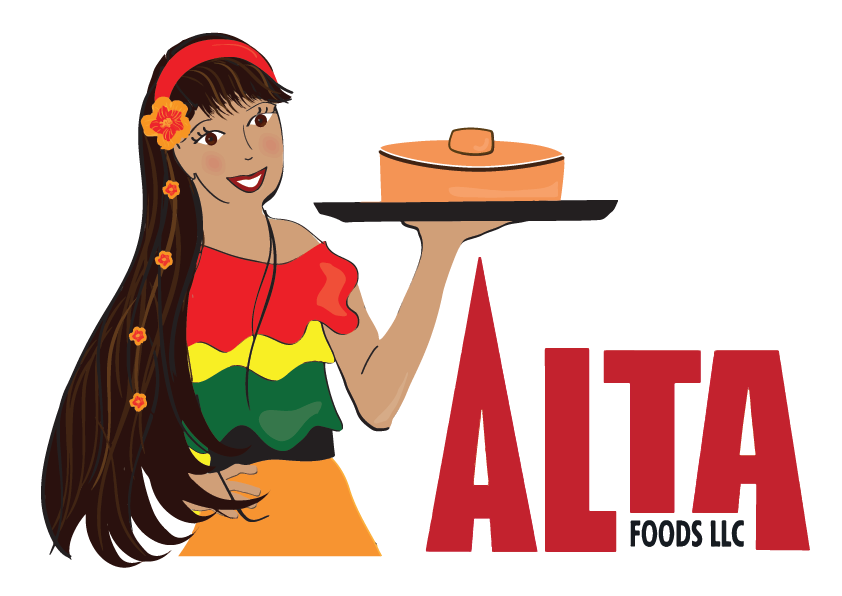With the rise of health-conscious consumers in recent years, understanding food labels and making informed choices at the grocery store has become increasingly important. Food labels provide valuable information about the nutritional content of a product, helping consumers make healthier choices and improve their overall well-being. By reading and interpreting food labels correctly, shoppers can ensure that they are making informed decisions about the foods they eat.
One key aspect of understanding food labels is knowing how to read and interpret the information provided. The Nutrition Facts panel, typically found on the back of food packaging, displays important details such as serving size, calories, fats, sugars, and other nutrients. By paying attention to these values, consumers can better understand the nutritional content of a product and decide whether it aligns with their dietary needs and goals.
Another important element to consider when reading food labels is the ingredient list. Ingredients are listed in descending order by weight, meaning that the first ingredient is the most abundant in the product. By checking the ingredient list, consumers can identify any potentially harmful additives, artificial preservatives, or allergens that may be present in a product. This can help individuals with specific dietary restrictions or preferences avoid foods that may cause adverse reactions.
One helpful tip for making informed choices at the grocery store is to look for certain keywords or claims on food labels. For example, products labeled as “organic” or “non-GMO” indicate that they have been produced without synthetic pesticides or genetically modified organisms, making them a healthier option. Additionally, foods labeled as “low-fat,” “low-sugar,” or “high-fiber” can help consumers identify products that align with their nutritional goals.
When shopping for groceries, consumers should also be aware of marketing tactics used by food companies to make their products appear healthier than they actually are. Terms like “natural,” “whole-grain,” or “reduced-fat” can be misleading, as they do not always indicate a truly healthy option. It is important to closely examine food labels and ingredients to ensure that the product meets one’s individual dietary needs and preferences.
In conclusion, understanding food labels and making informed choices at the grocery store is essential for maintaining a healthy and balanced diet. By reading and interpreting food labels correctly, consumers can identify the nutritional content of a product, avoid harmful additives, and make choices that align with their dietary goals. With the right knowledge and awareness, individuals can confidently navigate the grocery store aisles and select foods that support their overall well-being.
For more information visit:
ALTA FOODS
https://www.altafoods.com/
ALTA Foods is a premier tortilla manufacturer based in the heart of North Carolina, dedicated to crafting high-quality, delicious, and healthy tortilla products. With a passion for flavor and a commitment to health-conscious choices, we have become a trusted name in the tortilla industry.
For more information on altafoodsus contact us anytime:
ALTA FOODS
https://www.altafoods.com/
ALTA Foods is a premier tortilla manufacturer based in the heart of North Carolina, dedicated to crafting high-quality, delicious, and healthy tortilla products. With a passion for flavor and a commitment to health-conscious choices, we have become a trusted name in the tortilla industry.
